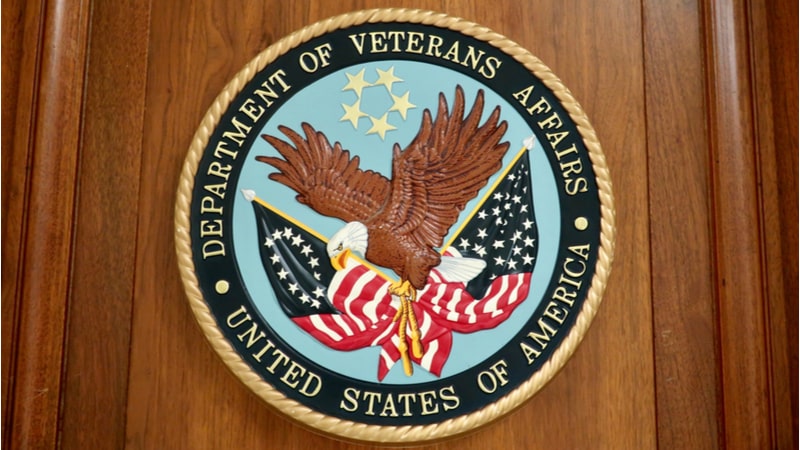
The Department of Veterans Affairs (VA) executed a complete overhaul of its website in 2018 to provide a more efficient digital service to its users.
The agency embarked on the journey to make its user experience more seamless, and today – nearly five years later – VA.gov has 13 million unique users each month.
Charles Worthington, the VA’s chief technology officer (CTO), has been at the agency since the beginning of the journey to redesign the website.
At FCW’s March 23 Pillars of Modernization Workshop in Washington, D.C., Worthington shared the five lessons learned from his team’s modernization effort for VA.gov.
“The first lesson is to design with your users, not for them,” he said. “We need to bring the voice of the users into the process, and the way that we do that is with a really intentional program of doing human-centered design and veteran-user research.”
Worthington said the VA brings in a panel of veterans at least a dozen times a week to test out new products his team is building.
The second lesson learned is to set a vision and agree on principles. Worthington said at the time of the website overhaul, the vision was to create “a customer-focused homepage with a clear way to log in.”
“Another important lesson was that we started small, and we launched often,” he said. Even though the new website launched in 2018, the CTO found ways to continue to modernize.
More recently, Worthington explained, VA launched a mobile app companion.
“Over half of our users come from a smartphone,” he said. “So, about a year and a half ago, we quietly launched into the app store the flagship VA app.”
“This basically lets veterans do the most common transactions more easily,” Worthington said, adding that users can now log in seamlessly, and complete common tasks much faster.
The CTO also touted a chatbot that the department currently has in the beta testing stage.
“We’re constantly looking at these new channels – these new ways of delivering digital experiences to our customers,” Worthington said.
The fourth lesson learned he highlighted was the need to have a dedicated digital experience team at the enterprise level.
The final lesson Worthington offered was to “measure and adjust.”
“Our trust score has been steadily rising since 2017,” he said. “Digital experience has contributed to this.”
“The total number of digital submissions has also nearly doubled since we did this launch,” Worthington continued, adding, “Submitting things digitally tends to get things to veterans faster, reduces errors, and makes it cheaper for us to process things.”
Worthington also acknowledged that some users are not able to – or simply prefer not to – access the VA’s digital experience, and instead want to communicate with a human being over the phone or in person.
“For everyone that does want a good digital experience, if we can provide one, it gets them out of the line or out of the call center queue so that the person that doesn’t want that can have a much faster access to the real person,” Worthington explained.
